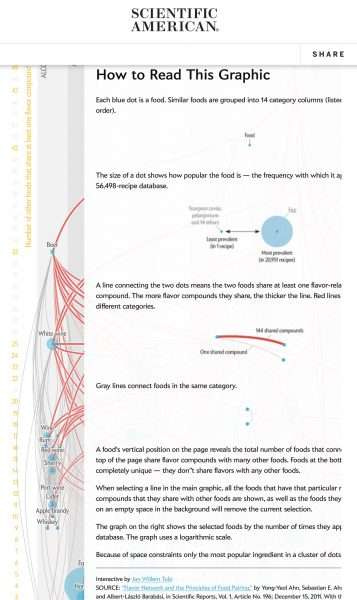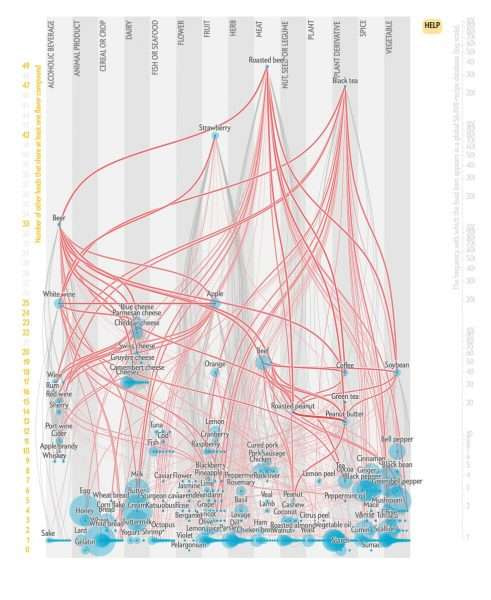An alliteration too far? Or a totally toe-tingling truth?
I recommend that you, dear readers, hunker down with the 400+ pages of the paperback edition of “Southern Provisions; The Creation and Revival of a Cuisine” by David S. Shields. It’s a fascinating, scholarly, well researched, fulsomely bibliographed & fully foot-noted set of essays. Part of a movement that focuses on breeding only for taste, to reflect the water and soil (c.f. terroir) of a particular place. It’s also a hugely time-consuming process meaning that this taste is only ‘recoverable’ after several plantings of organics that serve to leech old pesticides & fertiliser residue away from the soil. He’s also aiming to recover and contextualise the lost breeds of the agricultural South, as part of a larger project of revitalising and recovering Southern cuisine — in all its complexities — by fighting against the stereotypical perceptions of it — certainly from outside the Southern states — as consisting of nothing but grits, fried chicken and BBQ.

The only caveat here is that he — at least in my view — imputes much more credit than is reasonable only to the white, slave owning, plantation owners, rather than to the slaves and indentured workers that, in counter-revisionist reality, were the main (only?) people really responsible for the care, attention and gene improvement of the breeds that he writes about.
That said, who am I to argue with Sean Brock 🙂
“People are always asking me what the most important book written about southern food is. You are holding it in your hands.”
The Delicious Taste Of Struggle
Why the hardest-working animals, plants, and microbes taste the best; a verity that I’ve banged on about before of course. Albeit mainly in terms of hard-working pigs rather than the entire natural world:
https://www.popsci.com/delicious-taste-struggle
And this is a rather spectacular chart from Scientific American
[SIDE-BAR: this was a periodical that my Grand-dad used to buy for me, each month, over a number of years; I’m still grateful to him for helping to encourage my interest in science. It was in the October 1970 edition of Sci-Am that I first came across John Horton Conway’s ‘Game of Life’ cellular automata that I then went on to write the source code for, as part of my A-level in Computer Science. And if you want to geek out on what’s now possible in the game, a lot of which came along after I’d been looking at it, take a look at the Wiki article.]

